Which water creatures are called water spirits and what are their water spirit names? I asked myself this question because I have read about them again and again in connection to mermaids. That’s why I did some research to find out.
There are two different types of water spirits. On the one hand the elemental spirits (Undine) and furthermore there are many mythical water spirits like Germanic/Nordic (e.g. Nixe/Neck), Greek (e.g. water nymphs), Celtic (e.g. Kelpie), Slavic (e.g. Rusalka) as well as some water spirits from other places in the world.
Some of the mythical spirits, especially the European ones, are similar, others are very different. Which Germanic, Slavic and other water spirits there are in detail and what the elemental spirits are on the other hand, I show you in the following.
Which kinds of water spirits are there and what are their names?
There are two ways to classify water spirits. Once you can describe the water spirits as elemental spirits according to Paracelsus and his teachings of natural philosophy. Here the water spirits are called Undine.
On the other hand, water spirits can also be understood as beings from folk tales and myths from around the world who are connected to water in certain ways. All of the water spirits here have different names.
In the table below you can see an overview of some of the most famous of them, what they are called and where they come from.
| Mythical origin | Female water spirits | Male water spirits |
|---|---|---|
| Europe | ||
| Germanic / Nordic | Nixie | Nix / Neck / Nöck |
| Fossegrim and Strömkarlen | ||
| Melusine | ||
| Greek | Water nymphs (Oceanids, Naiads) | |
| Sea nymphs (Nereids) | ||
| Celtic | Kelpie | Kelpie |
| Slavic | Rusalka | |
| Vodyanoy | ||
| Other parts of the world | ||
| African | Mama Wata | |
| Oceanic | Adaro | |
In addition to the elemental spirit Undine, created by Paracelsus, there are also, as mentioned, many folk tales and myths about water creatures, which today are also called water spirits.
“Water spirits” at this point serves as a collective term to include all those beings that are connected to water in a certain way.
Therefore, I present below a few of the most well-known spirits from folk tales and myths from Europe and around the world.
However, I will not go further into the elemental spirits of Paracelsus at this point, as these only describe a certain subspecies of water spirit and are not rooted in folk belief anyway.
What are no water spirits?
Furthermore, water spirits should be distinguished from higher-level water gods and goddesses and other water creatures like monsters.
Some water gods are related to religious beliefs and are not water spirits in that sense.
In addition, water spirits can still be distinguished from water creatures, such as mermaids and sirens. Sometimes they are also called spirits, but mostly they are understood more as animal-like or human and not so much as spirits. That’s why I didn’t include them here.
I wrote more about the difference between mermaids, sirens, nixies and nymphs here.
In the following, I will explain the individual spirits from the above table in more detail.
Germanic water spirits / Nordic water spirits
Nixie and Neck
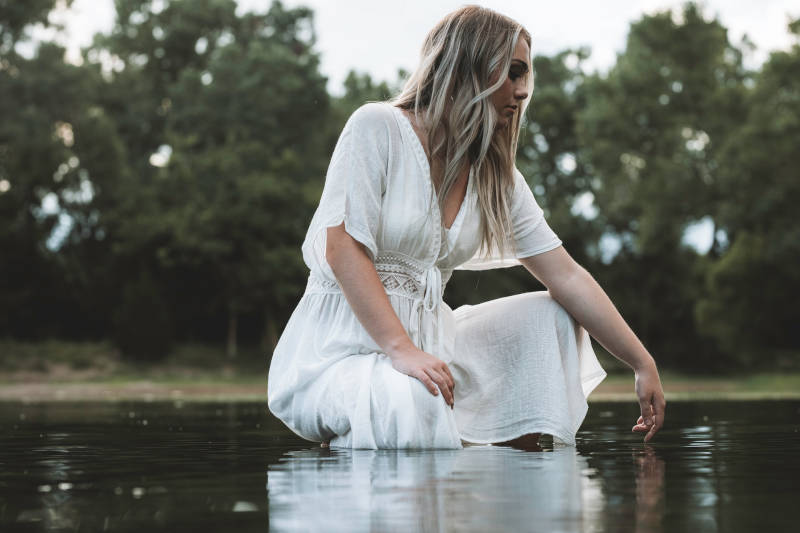
The most famous Germanic water spirits are the female Nixe and the male Nix/Neck/Nöck. These spirits exist in several Germanic languages and have very similar names there. In Denmark, for example, the Nix is called Nøkke, in Norway Nøck and in Sweden Näck(en)/Nick.
The Nixie and especially the Neck are usually described as evil or dangerous.
They live at the bottom of lakes or rivers. Sometimes the Nixie daughters come out of the water, where they take on a human form, and mingle with people to have some fun. They can be recognized only by their wet skirts.
Sometimes they drown people, but sometimes they are friendly. The Neck continues to be often described as a child terrier and is particularly dangerous.
Strömkarlen / Fossegrim
In addition, in Sweden there is still the Strömkarlen (English “The river man”) and in Norway the Fossegrim (“grim waterfall” in English). These are male spirits that closely resemble the Neck. They usually live by waterfalls or water mills, where they play music on a harp or violin.
Melusine
Another Germanic spirit is the Melusine. She comes from a medieval legend in which she transforms into a mermaid with a fish or snake tail whenever she bathes herself in water.
Greek water spirits
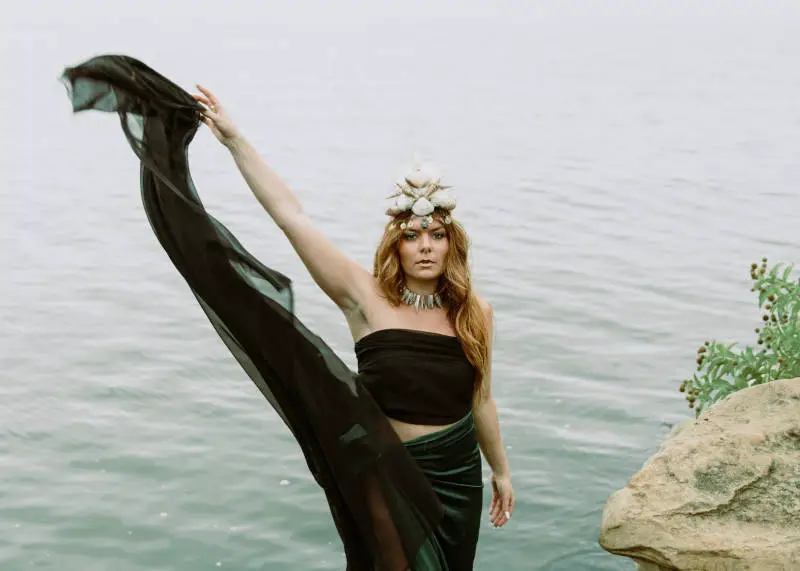
Among the ancient Greek water spirits are mainly the nymphs of the water and sea.
The nymphs are nature spirits, which also correspond more to the idea of a nature spirit. For they each live in a body of water that they guard and are thus connected to that body of water.
Water Nymphs
The water nymphs (Oceanids and Naiads) each live in a river, stream, lake, pond, or spring.
If their spring dries up or their river dries up, they die. Thus, they can live for a very long time, but have no soul themselves. They are friendly and often help people they meet.
Sea Nymphs
The sea nymphs (Nereids), on the other hand, live in the sea.
They protect shipwrecked people and entertain sailors. In artistic representations, they are often depicted on the backs of dolphins or hippocamps (mixed creatures of horse and fish).
Celtic water spirits
Kelpies
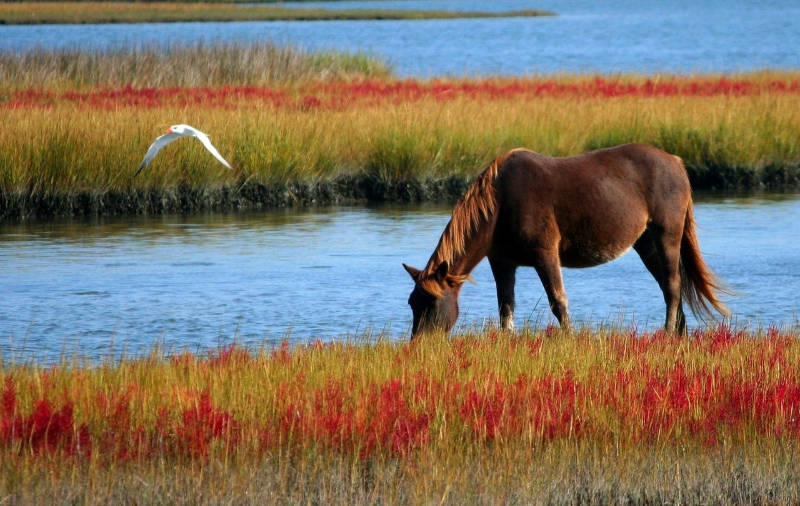
Kelpies are Scottish water spirits that live in Scottish lochs and rivers and can change their appearance. They usually take the form of a large, black water horse, but they can also transform into people.
Most often, kelpies in human form are described as male. However, sometimes they are female.
When hikers want to cross the river where they live, they sometimes show themselves to them and promise to carry them across. But if the wanderer agrees and sits on the horse’s back, then the horse takes him down into the depths of the river and eats him up.
But it is also possible to tame a kelpie. To do this, you have to manage to put a bridle or veil around his head.
Slavic water spirits
Rusalka
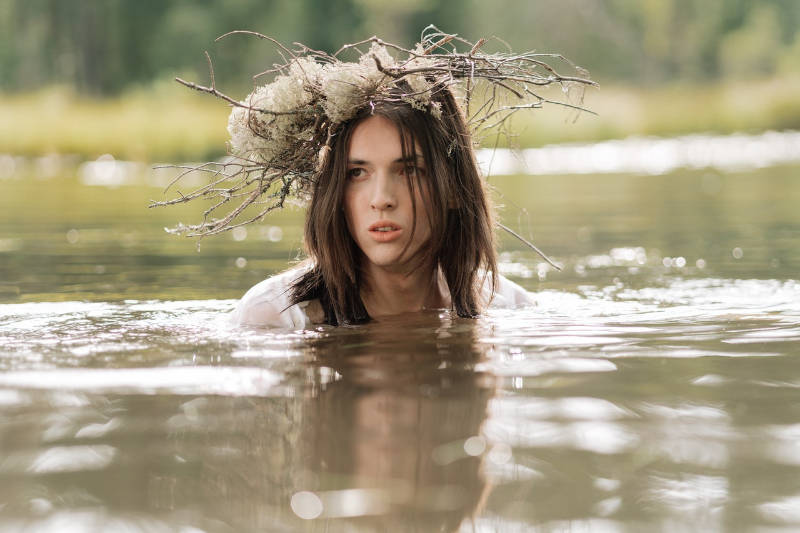
The Rusalkas are Russian water spirits who appear in the form of young girls or women. It is said that they died early and now live on as water spirits.
They only appear after the week following Pentecost, known as Rusalka week. Mostly, they are described as evil. Thus, they steal newborns, drown men or lead people astray. However, sometimes they are described as helping people.
Vodyanoy
The Vodyanoy (also called Vodnik in the Czech Republic) is a male water spirit very similar to the German Neck. The name means in Russian as much as “the one from the water” or “watery”.
He also lives in lakes, ponds and rivers and is up to no good. In appearance, he resembles an old man with a frog face, greenish beard and long hair, and black fish scales on his fish tail.
His body is also mostly covered in algae and mud. He lives on his river and can sometimes be seen floating by on a tree stump.
Like the rusalkas, he is blamed for drowning people. It is said that he makes the people he has dragged into the depths work for him as slaves.
Water spirits from other parts of the world
African water spirits
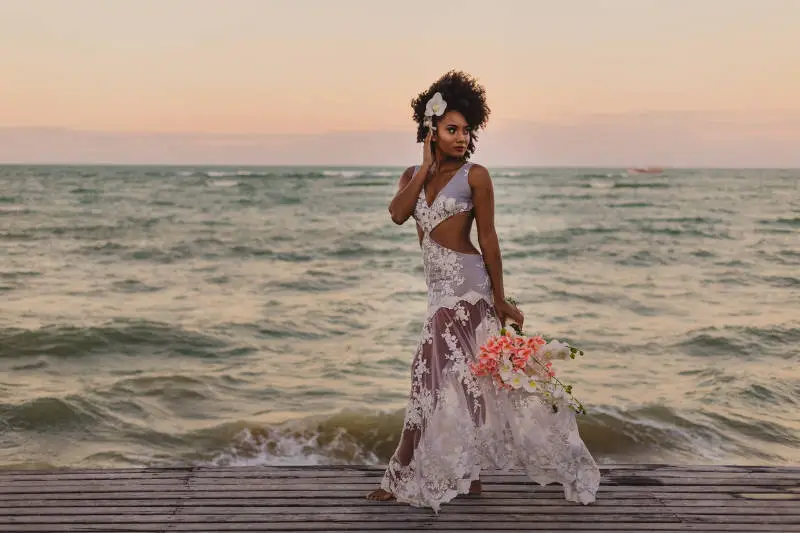
Mami Wata is a water spirit West South and Central Africa. The name is Pidgin English and means “mother of water”. Mostly this water spirit is female looks like a mermaid, so half human and half fish.
In addition, sometimes she is benign, but she can also bring disaster and symbolize the destructive power of water. Sometimes she also intentionally attracts people to then make them sick or the like.
Oceanic water spirits
Adaro is a male water spirit from the Solomon Islands northeast of Australia. He lives in the Pacific Ocean near these islands and arises when the good part of a person’s soul dies and the evil part gets the upper hand.
He has quite a menacing appearance. His feet are fins and he a shark back fin and a kind of horn like a swordfish on his head.
In addition, they sometimes travel in tornadoes on the water. If fishermen are not careful and get too close to the Adaro, it may kill them by firing fish at them.
The Undine as an elemental spirit
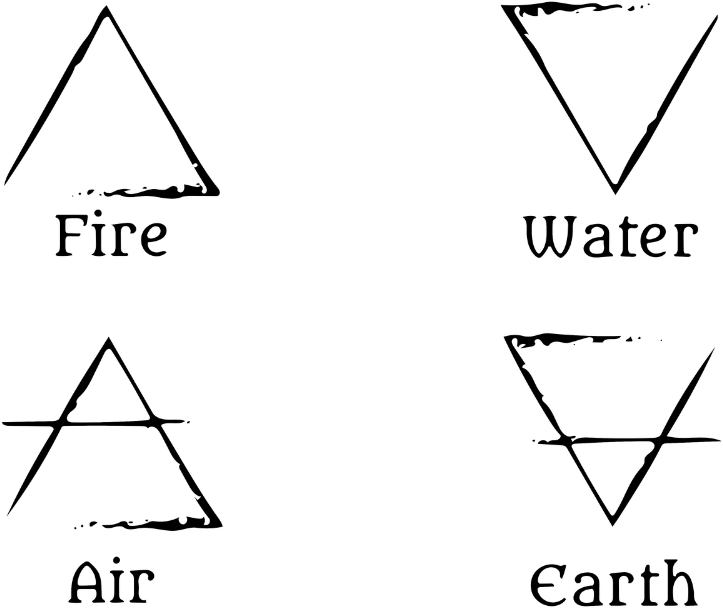
The term water spirits comes from natural philosophy and elemental spirit theory.
The elementals or elemental beings were described primarily by Paracelsus, a 16th century Swiss physician and natural philosopher. He referred to the four-element doctrine, according to which there are four basic elements.
According to Paracelsus, each of the four elements is said to have a type of elemental being that lives in that element.
| Element | Elemental Spirit |
|---|---|
| Water | Undine |
| Air | Forest People |
| Earth | Gnomes |
| Fire | Salamanders |
In the water live the undines (or nymphs), in the air the woodsmen (or sylphs), in the earth the gnomes (or pygmies) and in the fire the salamanders.
So, if water spirits are understood as elemental spirits according to the doctrine of natural philosophy, then the undines are meant.
According to Paracelsus, the elemental spirits do have a body, but it is not exactly like a human body. Rather, they are ethereal, which means their bodies are made of a slightly different material than humans.
This allows them to exist both in the human world and in their element, which is water. For example, the undines can also flow like water.
Paracelsus also describes the elemental spirits as soulless. Since they cannot have a soul themselves, the Undines must marry a human man. Only in this way can they be redeemed.
This is, of course, a rather outdated image of women, for at the time of Paracelsus it was still thought that men were more godlike and thus could probably help these soulless, female spirits to get a soul.
Elemental spirits in the literature of the Romantic period
This idea of the need for redemption is also the basis of most literary works written somewhat later in the literary epoch of Romanticism, which were influenced by the ideas of natural philosophy.
For example, in Faust, Goethe describes how he conjures up the undines and the other elemental spirits.
The Little Mermaid by Hans Christian Andersen is also based on the idea that the undines are spirits without souls in need of redemption.
One of the most famous German literature on water spirits is the story of Undine by author Friedrich de la Motte Fouqué.
The elemental spirits were, as said, mainly an idea of the natural philosophers of the 15th and 16th centuries and should serve as an explanation for natural phenomena. It was only through the literature of Romanticism in the 19th century that the idea then became more widely known.
Because elemental spirits arose from natural philosophical explanations, however, there is no real connection to the folk beliefs and myths that arose among the population about water spirits over centuries.
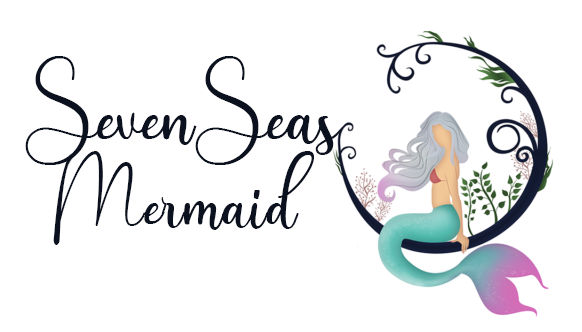
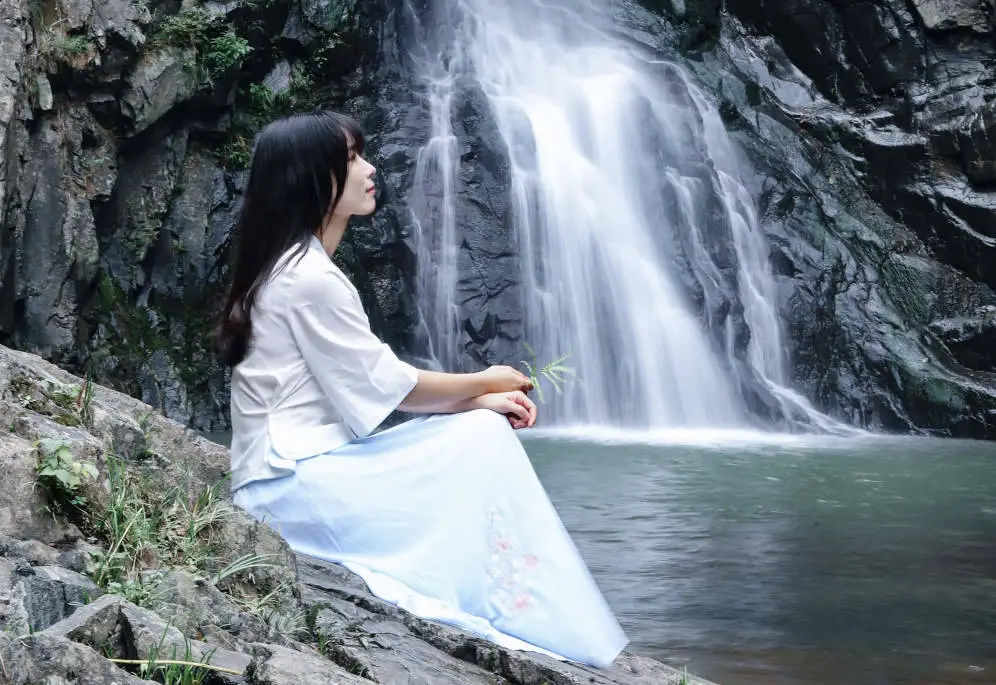

Dear, Writer,
I must say, your work is of excellence. Your factual article on water spirits have given me a great perspective and knowledge on them. I have become strangely fascinated by water spirits and I truly believe that they exist. I do have a question, though.
Can the spirits of the water fall in love?
Please do not hesitate to answer my question, as I’d be eager to read your reply. Thank you.
-Violet F.
The term Zembo is of a water spirit.
Google search for more data.